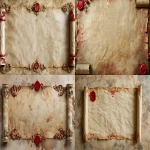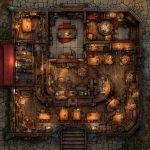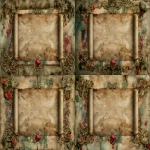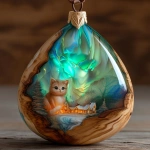Explore the Best AI Image Gallery
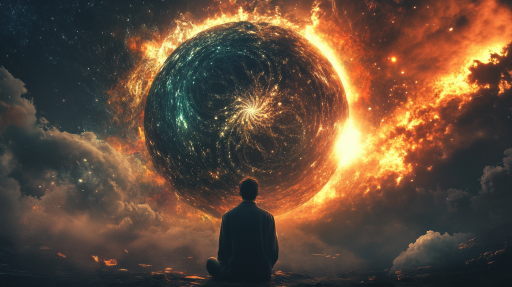
AI Images in Design: Transforming the Creative Landscape
Artificial Intelligence (AI) has made significant strides in recent years, profoundly impacting various industries. One of the most exciting developments is the integration of AI-generated images in design. This phenomenon is reshaping the creative industry, unlocking new potentials, and posing ethical questions that demand our attention. In this blog post, we will explore the impact of AI images on design, their potential applications, the ethical considerations, and the trends shaping their future.
The Impact of AI Images on the Creative Industry
The introduction of AI-generated images has revolutionized how designers approach their work. By utilizing algorithms and machine learning frameworks, designers can now generate high-quality images tailored to specific themes or concepts in mere moments. This technology allows for quicker iterations and experimentation, significantly streamlining the creative process.
Furthermore, AI image generation tools, such as DALL-E, Midjourney, and others, have democratized access to sophisticated design capabilities. Individuals without formal training in graphic design can now create compelling visuals, encouraging a broader range of creativity. This opens the door for non-professionals, small businesses, and independent creators to produce visually engaging content without the need for large budgets or extensive resources.
Potential Uses of AI-Generated Images
The applications of AI-generated images are vast and varied, spanning multiple sectors within the design world. Some notable uses include:
- Marketing and Advertising: Companies are leveraging AI-generated images to create eye-catching promotional content that resonates with diverse audiences.
- Product Design: Designers can use AI to visualize product ideas rapidly, allowing for greater flexibility and innovation in development.
- Entertainment: AI-generated visuals are becoming integral in the film and gaming industries, enriching narratives and enhancing visual storytelling.
- Web and App Development: UI/UX designers can experiment with AI-generated elements to create unique interfaces and enhance user experience.
- Social Media: Content creators utilize AI-generated images to maintain a visually engaging feed while reducing the time spent on content creation.
Ethical Considerations
As with any technological advancement, the rise of AI-generated images raises important ethical concerns. Some key issues to consider include:
- Copyright and Ownership: Determining the ownership of AI-generated images can be complex. If an artist uses an AI tool to generate a piece, who owns the copyright? Clarifying intellectual property rights is crucial to protect the interests of both creators and AI technology providers.
- Authenticity and Originality: The use of AI in design can lead to debates regarding the authenticity of artwork. As machine-generated images become increasingly sophisticated, it poses the question: what constitutes true artistic expression?
- Bias and Representation: AI algorithms often reflect the biases present in the data used to train them. This raises concerns about representation in generated imagery, potentially perpetuating stereotypes and excluding marginalized voices.
- Impact on Employment: The fear of job displacement in the creative industry becomes a reality for many professionals. As AI tools become more prevalent, the balance between human creativity and machine efficiency will require careful consideration.
Future Trends of AI-Generated Images
The future of AI-generated images in design is incredibly promising, fueled by ongoing research and technological advancements. Here are some trends to watch:
- Increased Customization: Future AI tools are likely to offer more customization options, allowing designers to include specific styles, moods, and concepts into their creations seamlessly.
- Integration with Augmented and Virtual Reality: As AR and VR technologies continue to evolve, integrating AI-generated images will enhance immersive experiences in gaming, education, and marketing.
- Collaborative Tools: Expect more collaborative platforms that combine human creativity with AI capabilities, fostering partnerships between artists and technology.
- Sustainability in Design: AI can potentially contribute to sustainable design practices by optimizing material usage and reducing waste in product development.
In conclusion, AI-generated images are transforming the creative industry in profound ways. As designers capitalize on the advantages offered by AI, it's imperative to navigate the ethical landscape thoughtfully. By fostering responsible use and promoting diversity and inclusion, we can unlock the true potential of AI in design, paving the way for a more innovative and vibrant creative future.
](https://images.ai-img.art/thumbnails/150/031692dcf8fbf869092e8cea50f9411a45dadc1f189ea67b8dece8e02952a7e3.webp)
](https://images.ai-img.art/thumbnails/150/efd8a9ad06ef2c72e3378698ad5e592d3d2bf8eff85c25e75db7c9902c7be353.webp)

](https://images.ai-img.art/thumbnails/150/7599c9e7507c77a975081d554947c9dea123e678a7ece42d30f571f639620598.webp)
